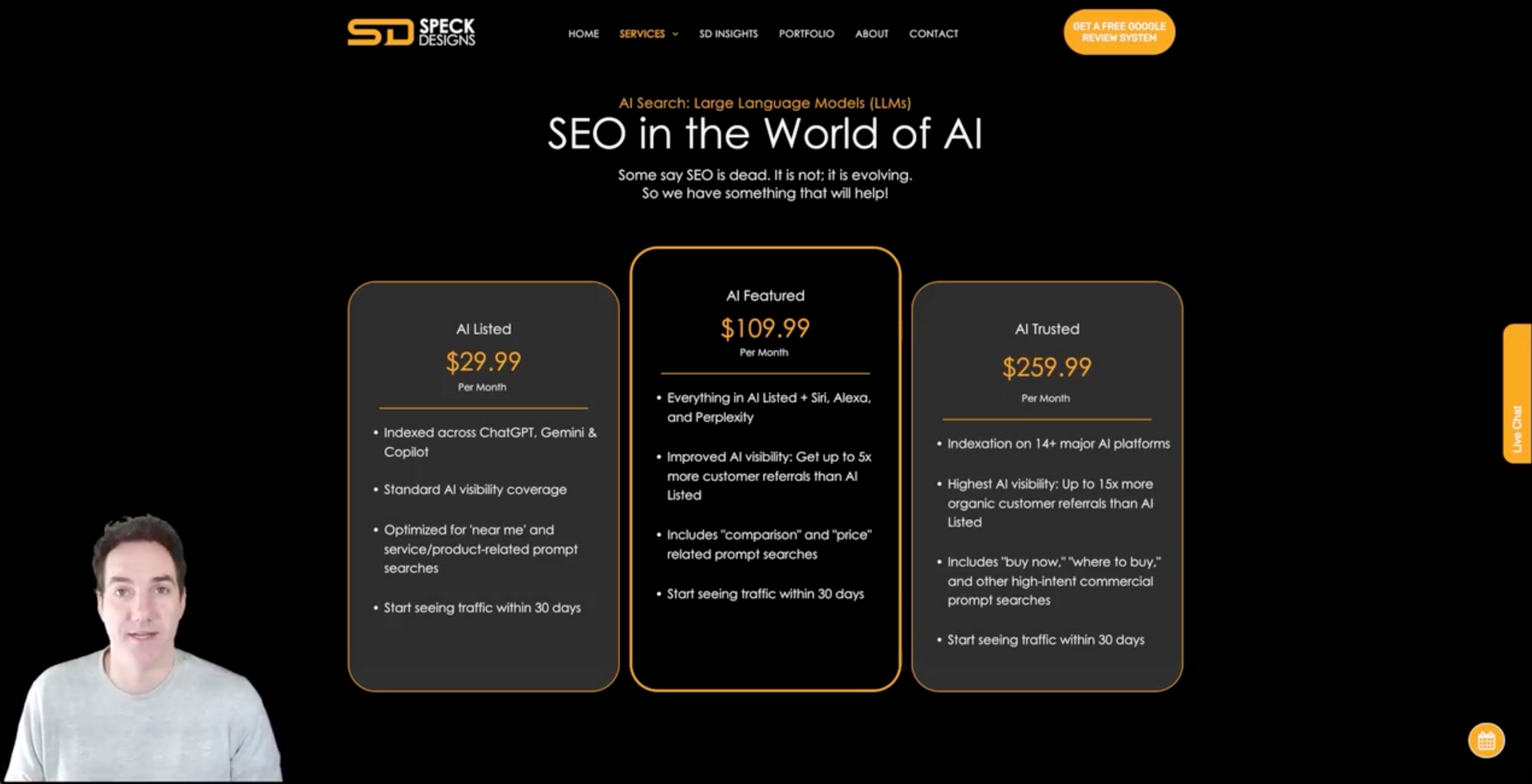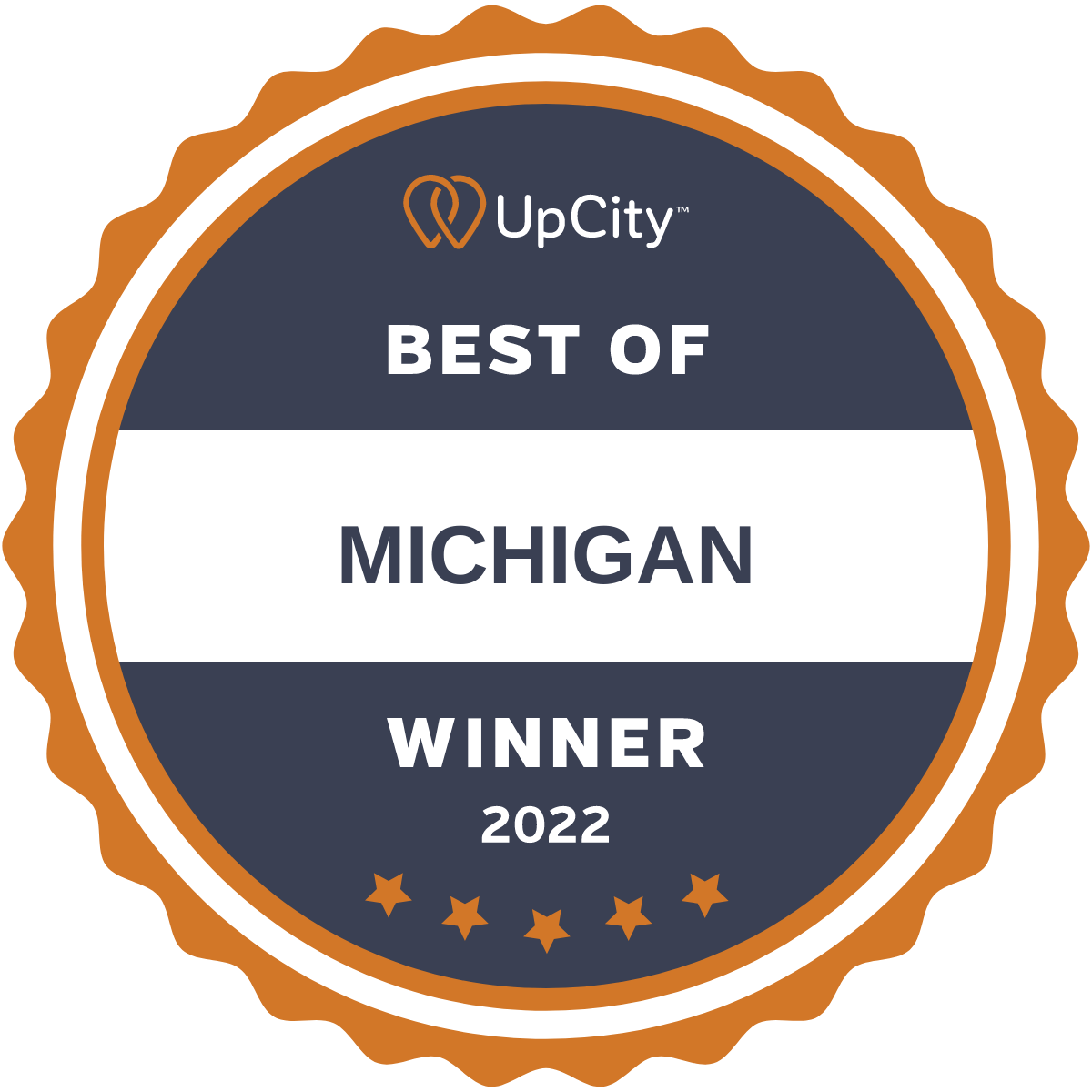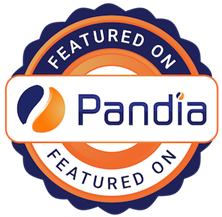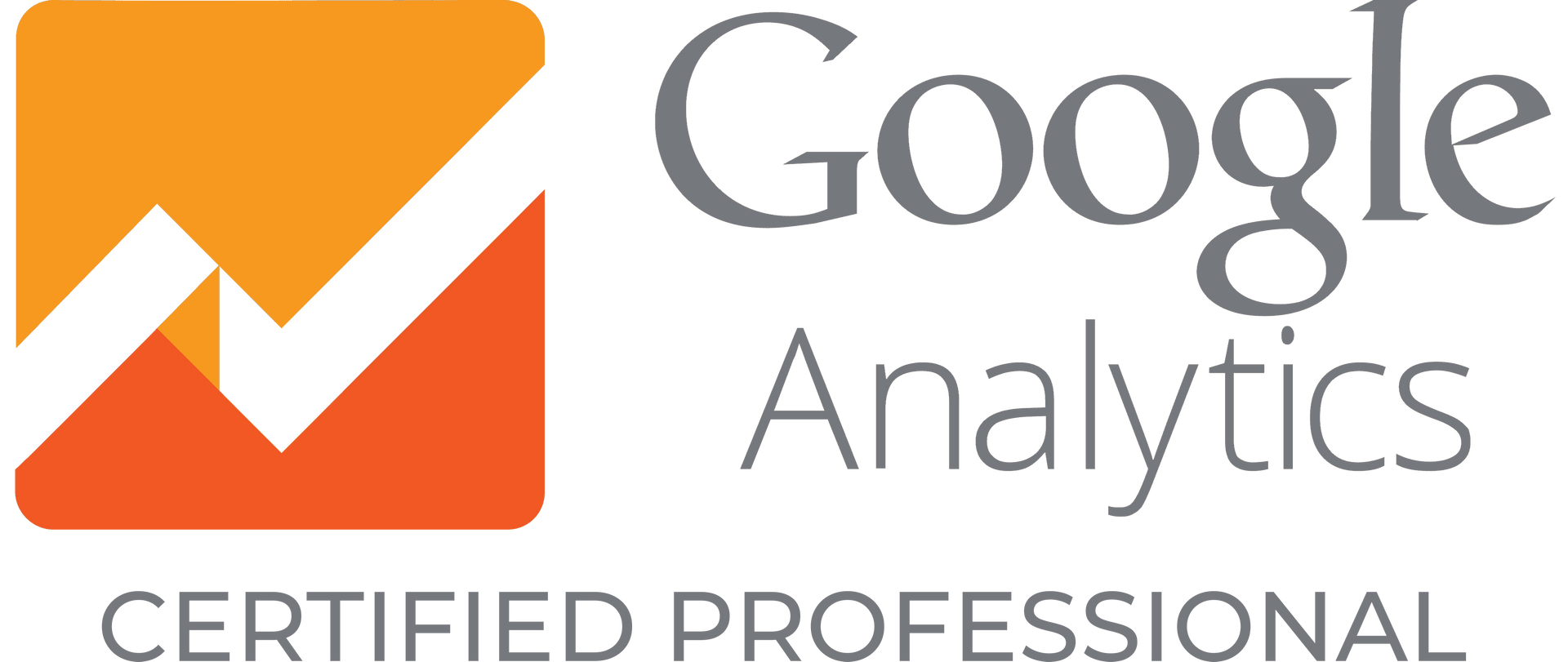12 Social Media Strategies That Bring in Clients (Without Wasting Hours Online)
Prefer to listen to this blog post?
Social media needs no introduction in the realm of digital marketing. However, many businesses feel that they are spending countless hours online with little to show for it. The key isn't necessarily more time, but smarter, more strategic engagement.
Get better results with social media with a digital marketing agency today. Schedule a Call with Speck Designs.

1. Define Your Ideal Client with Precision
Before you post a single piece of content, understand exactly who you're trying to reach. This goes beyond basic demographics. Dig into their pain points, aspirations, online behavior, and the types of content they consume.
- Meta (Facebook & Instagram): Think about their lifestyle, interests, and even what other pages or accounts they follow. Are they busy parents, small business owners, or health enthusiasts?
- TikTok: Consider their age group, what trends they engage with, and what kind of quick, entertaining content resonates with them.
- LinkedIn: Focus on their professional role, industry, company size, career challenges, and the professional content they seek out.
By having a crystal-clear picture of your ideal client, you can tailor your content and engagement to attract them specifically, rather than casting a wide, inefficient net. This targeted approach saves a significant amount of time in the long run.
2. Optimize Your Profiles for Conversion
Your social media profiles are often the first impression a potential client has of your business. Make them work hard for you by clearly communicating your value proposition and providing an easy path to connect.
- Meta (Facebook & Instagram): Use a clear, concise bio that states what you do and for whom. Include a strong call to action (CTA) in your bio link, leading to your website, a specific landing page, or a lead magnet. Utilize Instagram Highlights for FAQs, testimonials, and service explanations.
- TikTok: Your bio should be catchy and clearly indicate what your content offers. Use the link in bio feature strategically, perhaps directing users to a consolidated link tree.
- LinkedIn: Your headline should clearly define your expertise and who you help. Your "About" section should tell a compelling story and include keywords relevant to your industry. Ensure your contact information is easily accessible.
A well-optimized profile guides interested prospects to the next step, reducing the need for constant, manual outreach.
3. Implement the "Content Pillar" Approach
Instead of constantly brainstorming new ideas, categorize your content into 3-5 core "pillars" or themes. This streamlines content creation and ensures consistency in your messaging, reinforcing your expertise.
- Educational: Share tips, tutorials, and insights relevant to your audience's challenges.
- Promotional: Showcase your services, case studies, and client successes.
- Engaging/Community Building: Ask questions, run polls, and foster interaction.
- Personal/Behind-the-Scenes: Build trust and relatability by sharing glimpses of your brand's personality or process.
By having these pillars, you always know what type of content to create, reducing decision fatigue and increasing efficiency.
4. Repurpose Content Across Platforms
Don't create entirely new content for each platform. Instead, repurpose and adapt your existing content to fit the native format and audience of each channel. This is a massive time-saver.
- Example: A detailed LinkedIn article can be broken down into a series of Instagram carousel posts, a short TikTok video addressing a key point, and several shorter Facebook updates. A long-form video can yield many short clips for Reels and TikTok.
- Meta, Instagram, TikTok, LinkedIn: A compelling client testimonial can be a graphic for Instagram, a short video for TikTok, a text post on LinkedIn, and a story on Facebook.
This strategy ensures you maximize the reach and impact of every piece of content you create.
5. Prioritize Engagement Over Constant Posting
Algorithms on all platforms reward engagement. Instead of posting endlessly, focus on creating valuable content that sparks conversation and then actively participate in those conversations.
- Meta (Facebook & Instagram): Respond to comments promptly, engage with DMs, run polls in Stories, and ask open-ended questions in your captions.
- TikTok: Engage with comments on your videos, participate in popular trends, and use duet or stitch features to interact with other content.
- LinkedIn: Respond thoughtfully to comments on your posts, engage with posts from your connections and in relevant groups, and participate in discussions.
Dedicate specific, short blocks of time (e.g., 15-20 minutes daily) for engagement, rather than aimlessly scrolling.
6. Leverage Short-Form Video (Reels & TikTok)
Short-form video is dominating social media consumption, offering high engagement rates. Even for B2B, these formats can be incredibly effective for conveying personality and quick insights.
- Instagram Reels & TikTok: Create quick tutorials, behind-the-scenes glimpses, myth-busting content, or quick tips related to your services. Focus on hooks in the first 1-3 seconds to grab attention.
- Meta & LinkedIn (less prevalent but growing): While not their primary format, short videos can still perform well on these platforms, especially for demonstrating a concept or sharing a quick message.
Short videos are often quicker to produce than long-form content and can generate significant reach, putting your brand in front of new potential clients.
7. Utilize Lead Magnets and Clear Calls-to-Action (CTAs)
Direct people to take the next step by offering something valuable in exchange for their contact information.
- Meta (Facebook & Instagram): Promote free guides, webinars, templates, or checklists. Use "Link in Bio" strategically and clearly state what users will gain by clicking. Consider Meta Lead Ads for seamless lead capture.
- TikTok: Drive users to your bio link for a free resource.
- LinkedIn: Offer whitepapers, industry reports, or free consultations. LinkedIn Lead Gen Forms can pre-populate user information, simplifying the lead capture process.
A clear CTA turns passive viewers into active leads.
8. Explore Paid Advertising Strategically
While the goal is "without wasting hours online," smart, targeted paid ads can significantly accelerate client acquisition and save time in organic efforts.
- Meta Ads (Facebook & Instagram): Leverage Meta's granular targeting to reach specific demographics, interests, and behaviors. Experiment with different ad creatives and audience segments, and utilize retargeting to reach those who have already interacted with your content or website.
- LinkedIn Ads: Ideal for B2B, LinkedIn ads allow targeting by job title, industry, company, and more. Use them to promote valuable content, webinars, or direct service inquiries.
- TikTok Ads: TikTok's ad platform is growing and can be very effective for reaching younger demographics. Experiment with short, engaging video ads.
Start with small budgets, test frequently, and scale what works. This ensures your ad spend is efficient and directly contributes to lead generation.
9. Leverage Social Listening and Trend Spotting
Instead of guessing what your audience wants, use social listening to understand their conversations, pain points, and trending topics in your industry.
- All Platforms: Monitor keywords, hashtags, and mentions related to your niche and competitors. Tools (some free, some paid) can help with this.
- TikTok: Pay close attention to trending sounds, filters, and challenges. Adapt them to your brand's message.
- LinkedIn: Observe discussions in industry groups and common questions posed by professionals.
This allows you to create relevant, timely content that resonates, increasing your chances of attracting ideal clients.
10. Engage in Niche Communities and Groups
Instead of broadcasting to a wide audience, focus on where your ideal clients gather online.
- Meta (Facebook Groups): Join and actively participate in relevant Facebook groups. Offer value, answer questions, and establish yourself as an expert. Avoid overt self-promotion, but have your profile optimized to draw curious individuals.
- LinkedIn (Groups & Discussions): Join LinkedIn groups related to your industry or target audience. Share insights, comment on others' posts, and start relevant discussions. This builds your reputation and visibility among peers and potential clients.
Focused engagement within these communities can yield high-quality leads more efficiently than broad public posting.
11. Collaborate with Complementary Businesses or Influencers
Partnerships can significantly expand your reach to relevant audiences without requiring you to build an audience from scratch.
- Meta & Instagram: Partner with micro-influencers whose audience aligns with yours. Co-host Instagram Lives, create joint Reels, or run collaborative giveaways.
- TikTok: Collaborate with creators who can authentically showcase your product or service in an engaging way.
- LinkedIn: Partner with professionals in complementary fields for webinars, joint content creation, or cross-promotion of services.
Choose partners whose values align with yours and whose audience genuinely overlaps with your ideal clients.
12. Automate and Schedule Content Where Possible
While authentic engagement is crucial, many aspects of content distribution can be automated, freeing up your time.
- All Platforms: Use scheduling tools (e.g., Meta Business Suite, Later, Buffer, Hootsuite) to plan and schedule your posts in advance. Dedicate a specific block of time each week or bi-weekly for content creation and scheduling.
- Meta: Use the built-in scheduling features for Facebook and Instagram posts.
- LinkedIn: Schedule posts directly or use third-party tools.
By batching your content creation and scheduling, you can maintain a consistent online presence without needing to be "online" all the time. Remember that while scheduling is helpful, real-time engagement and responsiveness are still vital for building relationships.

By focusing on these 12 strategic approaches, businesses can transform their social media efforts from time-consuming obligations into powerful client acquisition channels, ultimately driving growth without sacrificing countless hours online.









